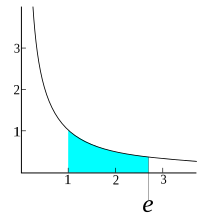
Photo from wikipedia
Modification of the electronic structure of quantum matter by ad atom deposition allows for directed fundamental design of electronic and magnetic properties. This concept is utilized in the present work… Click to show full abstract
Modification of the electronic structure of quantum matter by ad atom deposition allows for directed fundamental design of electronic and magnetic properties. This concept is utilized in the present work in order to tune the surface electronic structure of magnetic topological insulators based on MnBi2 Te4 . The topological bands of these systems are typically strongly electron-doped and hybridized with a manifold of surface states that places the salient topological states out of reach of electron transport and practical applications. In this work, micro-focused angle-resolved photoemission spectroscopy (microARPES) provides direct access to the termination-dependent dispersion of MnBi2 Te4 and MnBi4 Te7 during in situ deposition of rubidium atoms. The resulting band structure changes are found to be highly complex, encompassing coverage-dependent ambipolar doping effects, removal of surface state hybridization and the collapse of a surface state band gap. In addition, a doping-dependent band bending is found to give rise to tunable quantum well states. This wide range of observed electronic structure modifications could provide new ways to exploit the topological states and the rich surface electronic structures of manganese bismuth tellurides. This article is protected by copyright. All rights reserved.
Journal Title: Advanced materials
Year Published: 2023
Link to full text (if available)
Share on Social Media: Sign Up to like & get
recommendations!